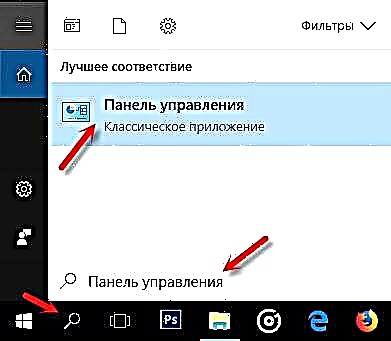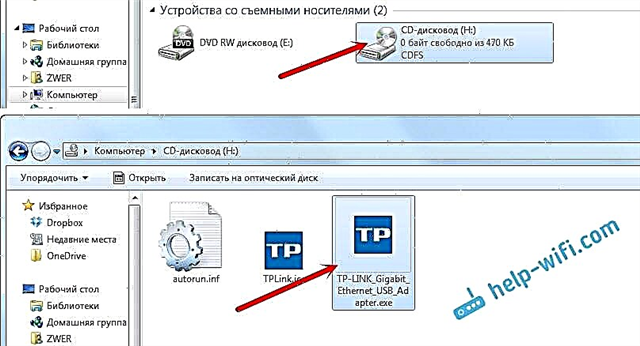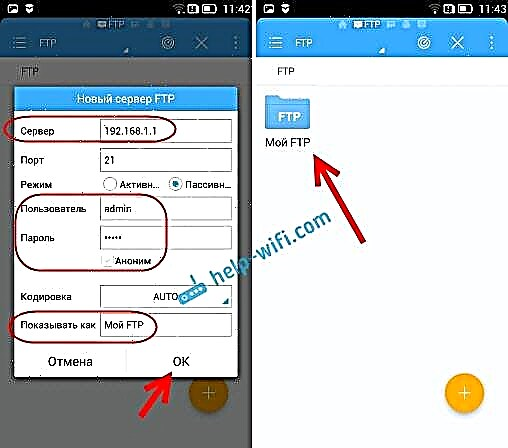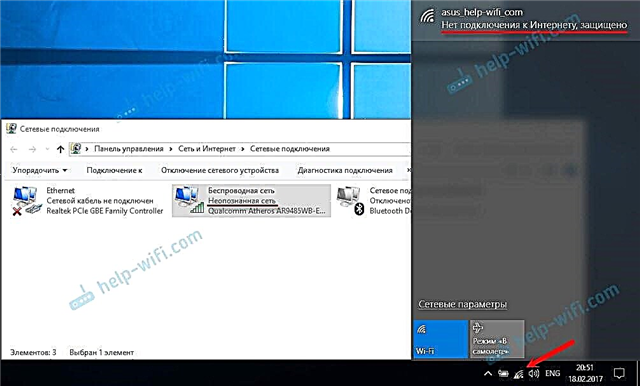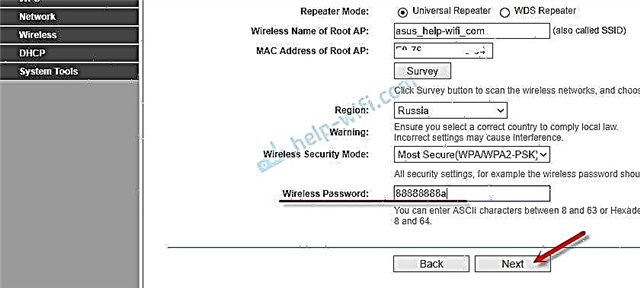If you have visited this page, then most likely you want to configure the DDNS function on your TP-Link router. Perhaps for remote access to the settings of the router, to access an FTP server over the Internet, or for some other tasks that may require setting up a dynamic domain name system. If so, then you've come to the right place. In this article, I will show you how to configure the "Dynamic DNS" function on TP-Link routers with the old (green) and new (blue) web interface. To prepare a simple, and most importantly, work instruction, I have already checked everything on my router (even on two). I took the necessary screenshots and is ready to tell you about all the nuances and possible problems that you may encounter during the setup process. Before proceeding directly to the configuration, I will briefly tell you about DDNS, why you need it and how it works.
The "Dynamic DNS" function, or simply DDNS, allows you to assign a permanent address to the router, with which you can access the router. And also to devices (IP cameras, for example) or servers (FTP, HTTP) that are (configured) behind a router, or on a router. Simply put, DDNS solves the problem of external dynamic IP address. The Internet provider issues an external IP address to the router, using which you can log into the router. If this WAN IP is static (permanent) - great, you don't need to configure DDNS. But usually providers give out dynamic IP addresses (which are constantly changing). So, the "Dynamic DNS" function allows you to bind the router to one permanent address, despite the dynamic WAN IP address.
Two important points:
- If the provider issues an external (public) static IP address to the router, then you do not need to configure DDNS on the TP-Link router, since the router already has a permanent address. As a rule, this function can be activated at the provider for an additional fee.
- DDNS function does not work with grayed out IP addresses. And this is a big problem, since most providers now issue exactly gray, external IP addresses, and not white ones.
More information about this technology, and how to check which address (white or gray) your ISP gives out, I wrote in this article: DDNS (dynamic DNS) on a router: what it is, how it works and how to use it. Be sure to read it.
How it works: select a service (which provides this service) from the list available on your router and register with it. We get a permanent address. In the settings of the router, enter this address, username and password (from the service on which you registered).
TP-Link DNS - Cloud enabled routers only
Some models of routers support proprietary TP-Link DNS service. It can only be configured on cloud-enabled routers. As a rule, these are new, expensive models (Archer C3150 V2, Archer C1200 V2 / V3, Archer C59 V2 / V3, Archer C9 V4 / V5, Archer C7 / V4 V5, etc.). If your router has TP-Link Cloud support, I recommend using TP-Link DDNS.
First you need to register a TP-Link ID account and enter it in the router settings, in the "TP-Link Cloud"on the" Basic Settings "tab.
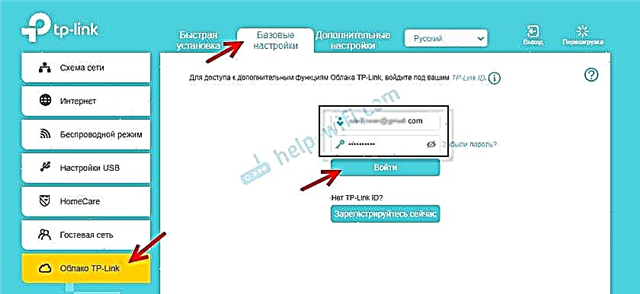
The router will be linked to your TP-Link ID. And, for example, if you log into this account in the TP-LINK Tether application, then you can control the router remotely. Through the cloud. But this is already a topic for another article. And one more thing: after binding the router to the TP-Link ID, when entering its settings, you will need to enter not the router administrator password, but the login and password from the TP-Link ID account.
Go to "Advanced Settings" - "Network" - "Dynamic DNS". We put the switch next to "TP-Link" in the line "Service Provider". Click on the "Register" button. In the "Domain name" field, you need to create and write down a unique address for your router. Then click on the "Save" button.
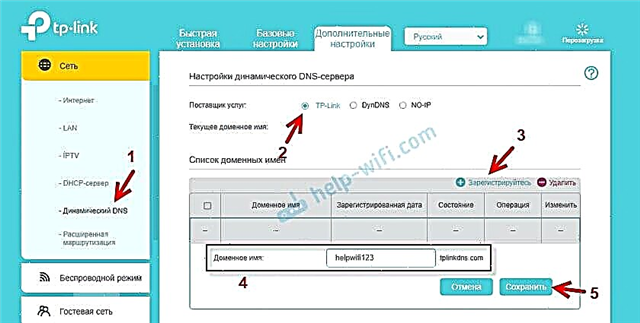
Everything, now the set address (I have it http://helpwifi123.tplinkdns.com/) can be used to access the router via the Internet.
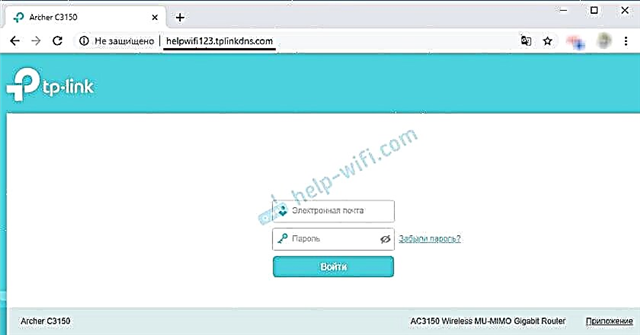
You can always untie this address from the router and delete it. Or create a new one.
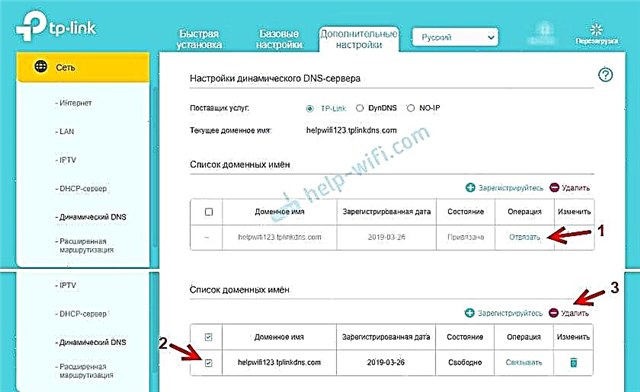
If the router supports cloud functions, then I definitely recommend using TP-Link DNS. It is configured very simply and quickly, which cannot be said about third-party services, which will be discussed further in the article.
We register the DDNS address (suitable for all routers)
At the beginning of the article, I already wrote that first we need to select a service and register in it. The service must be selected from the list available in your router. To do this, go to the settings of the TP-Link router and go to the "Dynamic DNS" section. On newer firmware this is a tab: "Additional settings" - "Network" - "Dynamic DNS".
Select the required service from the list "Service Provider" and click on the link "Go to registration ..."
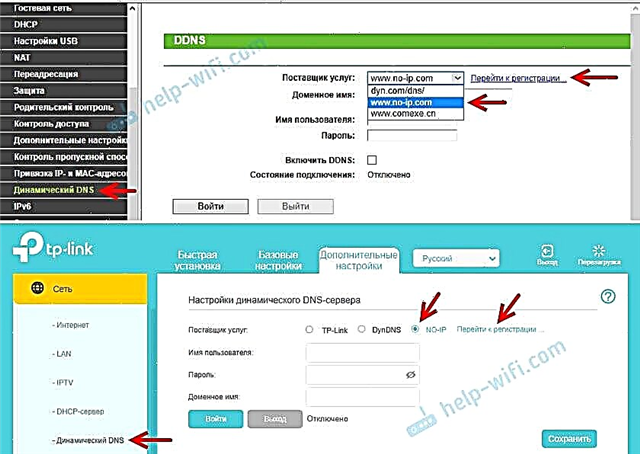
I registered the address on the site no-ip.com. It seemed to me the simplest. You can choose another service.
In the no-ip.com service, you can get an address and use it for free (free tariff), but there are three restrictions: you need to confirm your account activity every 30 days, you can get a maximum of three third-level addresses, and a limited choice of domains.
We follow the link, and immediately on the main page we need to come up with and enter an address that will later be used to access the router via the Internet. This must be a unique address. However, if you enter an address that is already in use, the service will warn you about this. Come up with an address and click on the "Sign Up" button. For some reason, after registration, this address did not appear in my personal account. Added it again.

Next, you need to specify your mail, come up with and specify a password (we will enter this mail and password in the settings of the router), accept the license agreement and click on the "Get Enhanced" button.
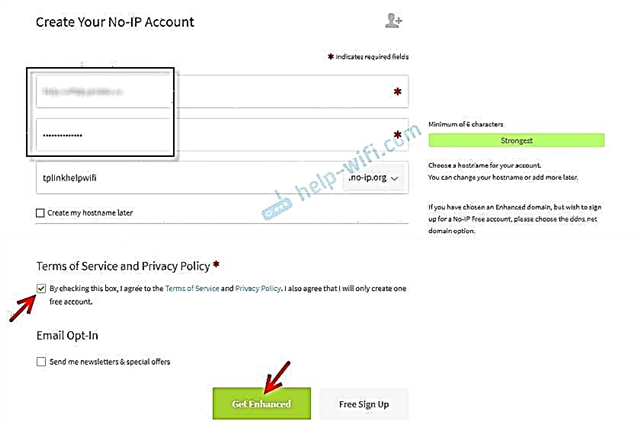
A window will open where we will be offered to pay for paid services. You can simply close this window. A letter will be sent to the mail, in which you need to confirm your email. Just follow the link from the letter by clicking on the "Confirm Account" button.

A page will open where we go to your account (if necessary, log in to your account using your mail and password).

Since the address that I entered during registration for some reason was not created automatically, you need to create it manually. To do this, in your account, go to the "Dynamic DNS" section and click on the "Create Hostname" button.
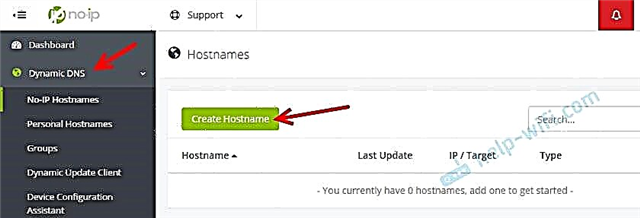
You need to come up with some unique address (hereinafter it will be the address of our router) and specify it in the "Hostname" field. If you want, you can choose any domain from the "Domain" list (this is optional). We don't change anything else. We register the address by clicking on the "Create Hostname" button.
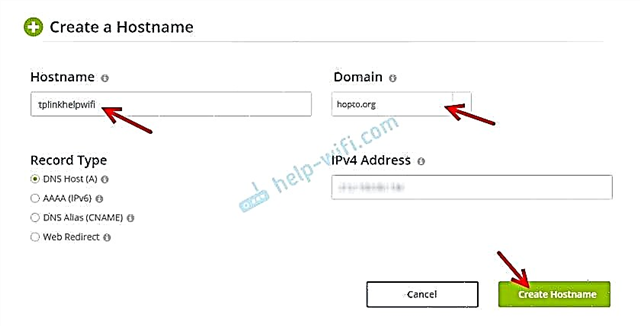
We see that the address is registered. After configuring the router, at this address (domain name) we will be able to access our router from the Internet (including the FTP server, IP cameras, etc. In my case, this is the address tplinkhelpwifi.hopto.org.

That's it, registration is complete. It remains only to configure the router.
Configuring Dynamic DNS on a TP-Link router
Configuring routers with the old version of the web interface. Enter the settings of your router (go to the address 192.168.0.1, or 192.16.1.1) according to this instruction.
Open the section "Dynamic DNS" (Dynamic DNS). In the "Service Provider" menu, select the service in which the address was registered.
Next, enter the "Domain Name" that was created on the website of the DDNS service provider (see the screenshot above). In the field "Username" and "Password" you need to enter your e-mail and password that you used when registering on the site (in our case, at no-ip.com).
Put a check mark next to "Enable DDNS" and click on the "Login" button.
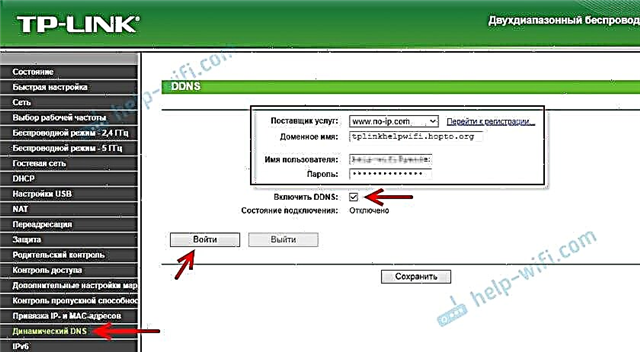
If we did everything correctly, the connection status will change to "Successful". Save the settings.

You can unbind the router from this address. Just click on the "Exit" button and save your settings.
Configuring DDNS on a Router with a New Web Interface
Open the router settings and go to the "Additional settings" - "Network" - "Dynamic DNS" section.
We select a service provider and enter the data that we used when registering on the site. This includes the domain name we created for our router. Click on the "Login" button. After successfully connecting to DDNS, you can save the settings.

You can stop using dynamic DNS at any time by clicking the "Exit" button and saving the settings.
How to use?
To enter the settings of the TP-Link router via the Internet using DDNS (from any device, wherever you are), you just need to go to the address that we received during the registration process in the browser. For example http://tplinkhelpwifi.hopto.org/ (in my case).
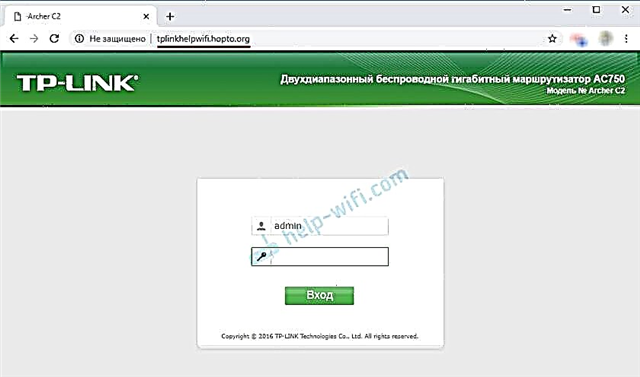
But before that, you need to open remote access for all IP addresses in the router settings.
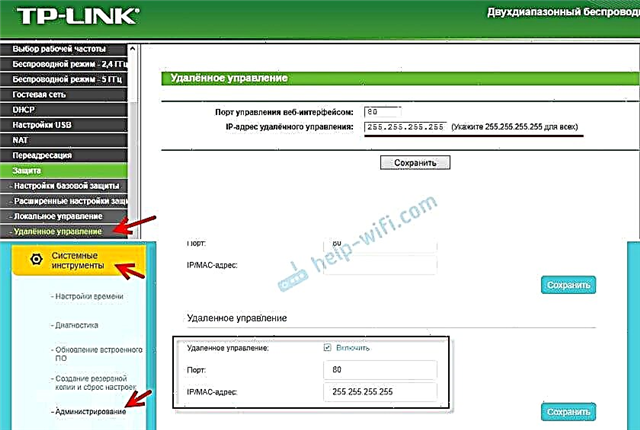
As far as I understand, it will not be possible to open access for a specific IP address (only if the provider gives you a static IP address). And this is not very safe. Therefore, be sure to set a strong password for the administrator of the router according to this instruction: how to change the password on the router from admin to another. It will protect the settings page. Also change the username from the factory admin to something else.
This address can be used to access the FTP server (which is configured on the router) over the Internet. In the browser, go to this address by writing ftp: // at the beginning. You get something like this address: ftp://tplinkhelpwifi.hopto.org/

You must first configure the FTP server according to the instructions, configure the FTP server on the TP-LINK router and enable "Internet Access" in the settings (for more details, see the instructions on the link above).


